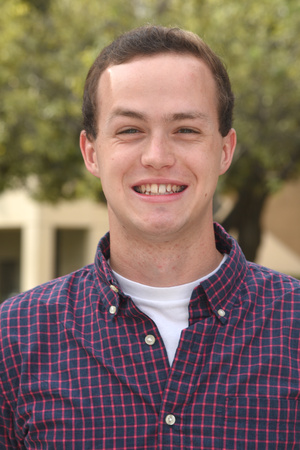Abstract:
Bioorthogonal chemistries are powerful tools to investigate biomolecules in their native environments and provide a holistic understanding of cellular functions. These transformations can be performed in complex physiological settings without disturbing endogenous activity (i.e. “bioorthogonal”). While the spectrum of bioorthogonal reactions has grown over the last two decades, few reactions can be deployed in cells. Additionally, the majority of cell-compatible chemistries cannot be used together due to cross reactivity issues, largely prohibiting multi-component studies. Most applications are thus restricted to detecting a single cellular target, which is informative but often provides limited insight. A more holistic understanding of cellular function may be possible via the development of compatible reactions to monitor multiple biomolecules simultaneously. Additionally, new methods to visualize biomolecule dynamics and identify biomolecule interaction networks would enable new biological pursuits.
To address these limitations, the Prescher lab has developed new chemical strategies to probe biomolecule targets in live cells using bioorthogonal cyclopropenone and phosphine reagents. Cyclopropenones react with phosphines to unveil electrophilic ketene-ylide intermediates. These potent electrophiles are versatile and can be harnessed for biomolecule tagging, real-time imaging, and interaction crosslinking. In this talk, I will summarize several recent developments and applications of cyclopropenone chemical reporters. I will discuss a new class of biocompatible reagents related to cyclopropenones: cyclopropenimiums. These motifs exhibit distinct reactivity from related analogs, and cyclopropeniminium reagents were compatible with other existing transformations to enable multicomponent applications. Then, I will detail a new fluorescence "turn-on" (i.e. fluorogenic) reaction of cyclopropenones and phosphines for live cell imaging. The reaction can be applied in tandem with other fluorogenic transformations, and this orthogonality was leveraged to visualize multiple cellular targets simultaneously and in real-time, a first for fluorogenic bioorthogonal chemistries. The final portion of this talk will summarize a new chemical strategy to capture biomolecule interaction networks ("interactomes") in live cells. In this approach, cyclopropenone reporters are activated to form electrophilic intermediates and subsequently transferred to nearby biomolecules via nucleophilic trapping. We initially applied cyclopropenones to label lipid interactors in living mammalian cells. Looking forward, proximity-mapping is readily translatable between biomolecule classes and should be a versatile tool for mapping cellular interactomes. Broadly, this thesis is a testament to the power of chemical reactivity to investigate biological systems.
Speaker:
Institution:
Location:

